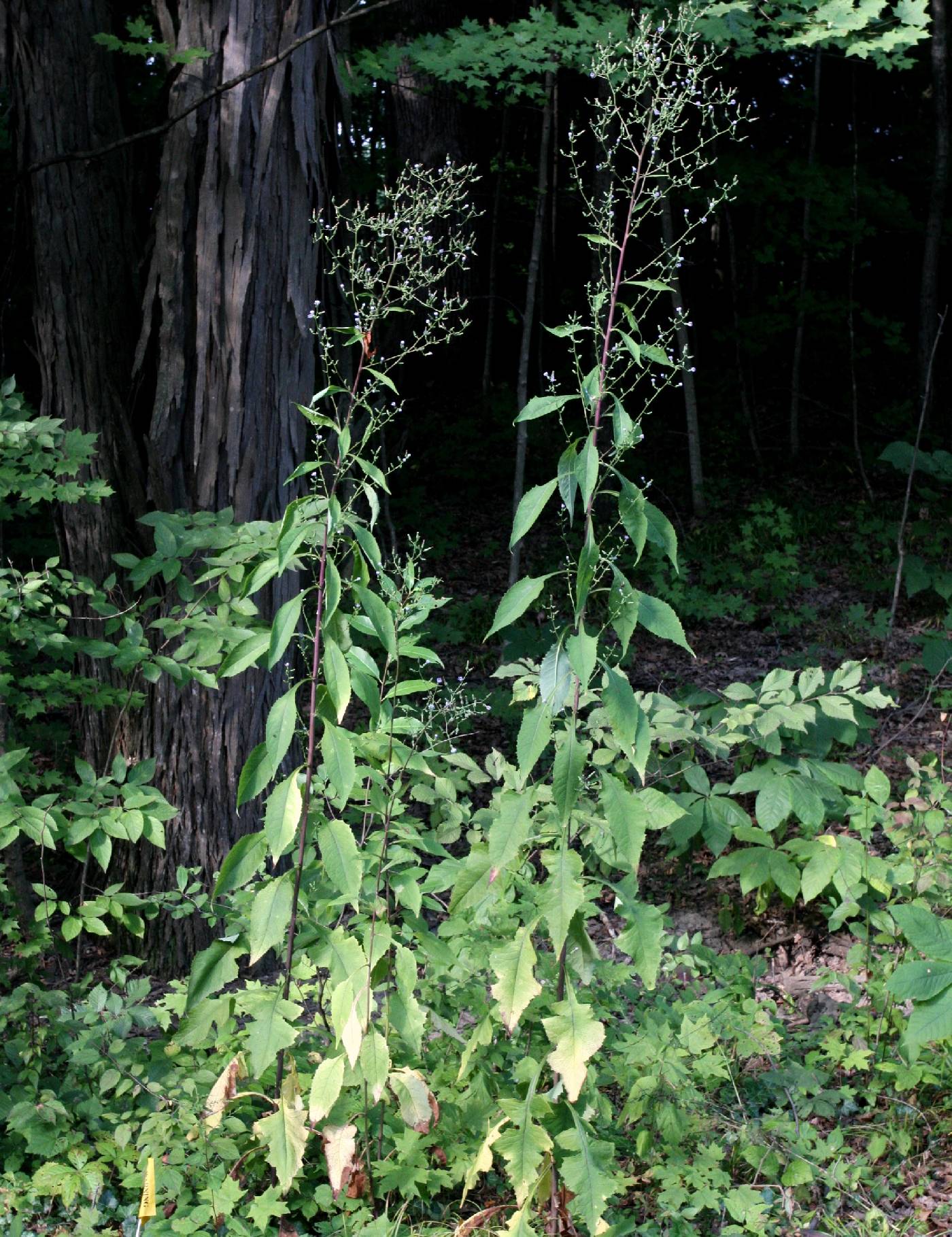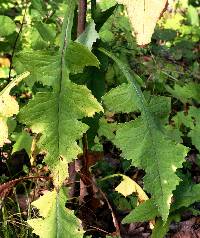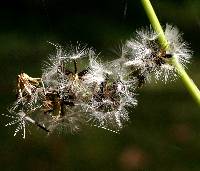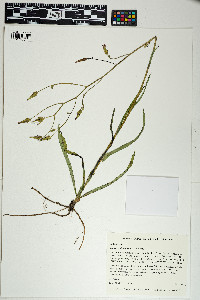- Home
- Search
- Images
- Datasets
- Sample Use
- How to Cite
- Additional Information
- About NEON
- NEON Data Portal
- ASU Biocollections
- About Symbiota
|
|
|
|
Family: Asteraceae
woodland lettuce, more...
[Lactuca floridana var. villosa (Jacq.) Cronquist, more] |
|






